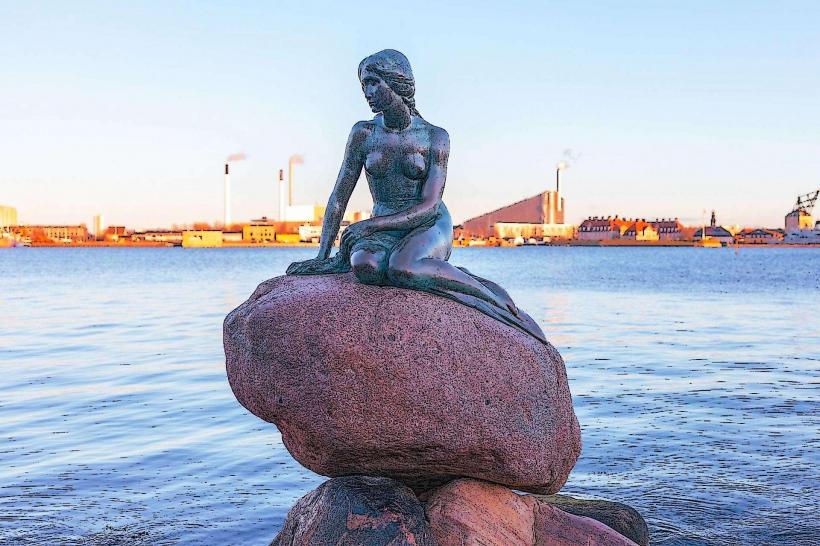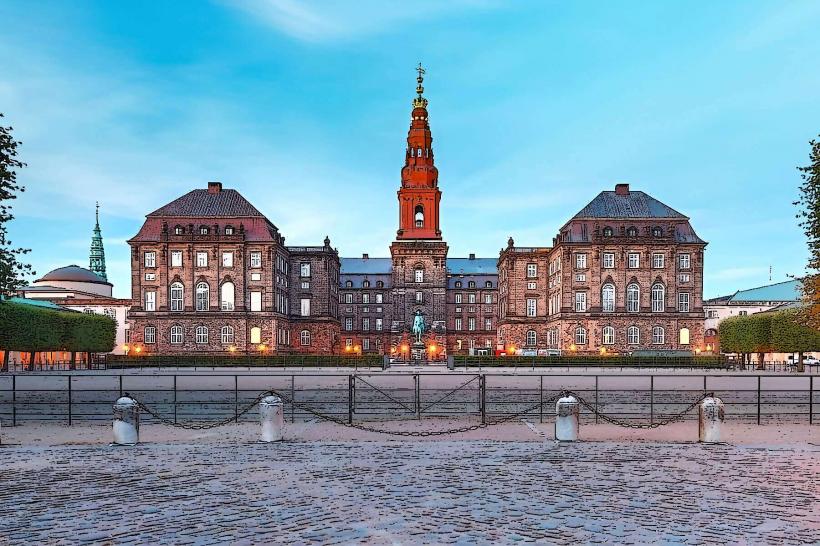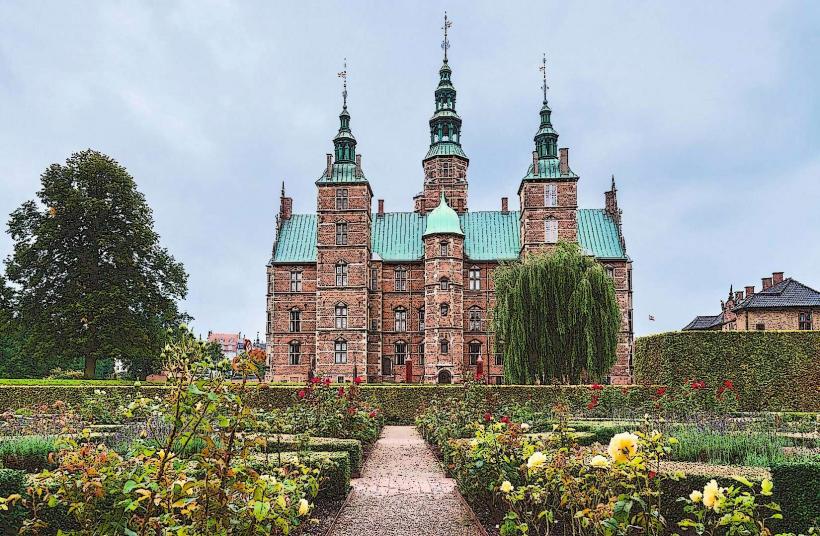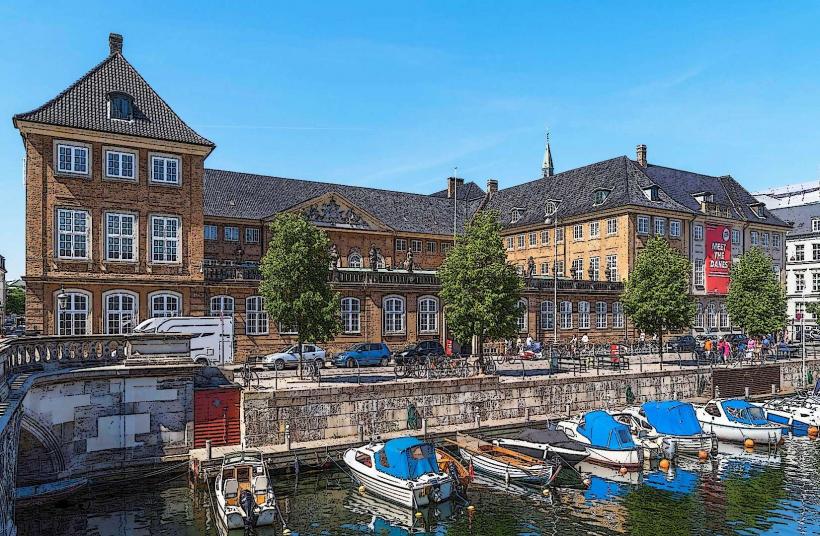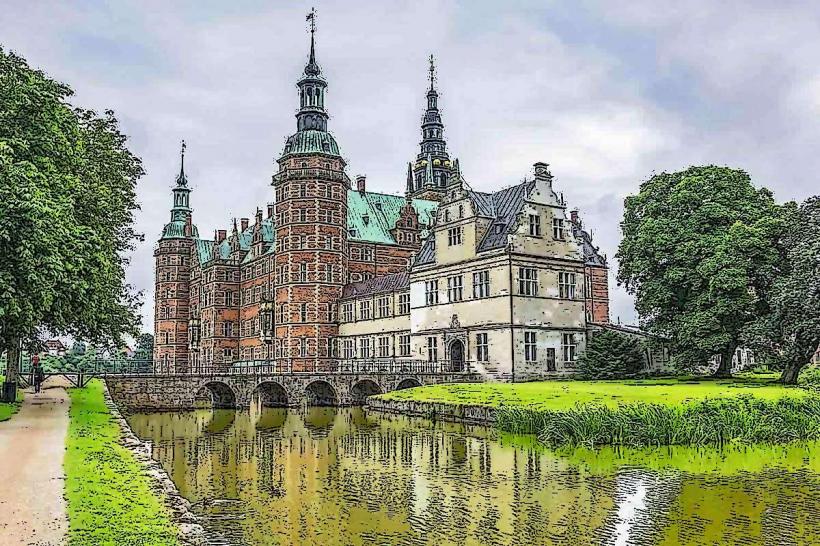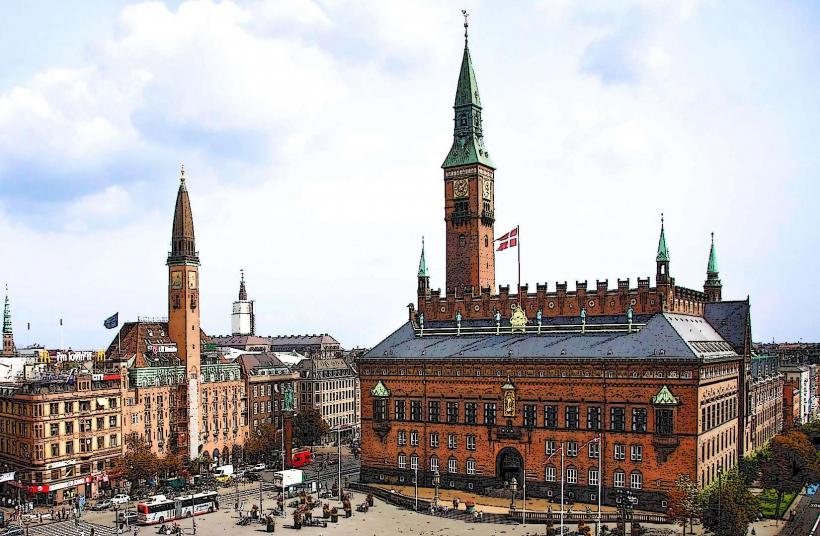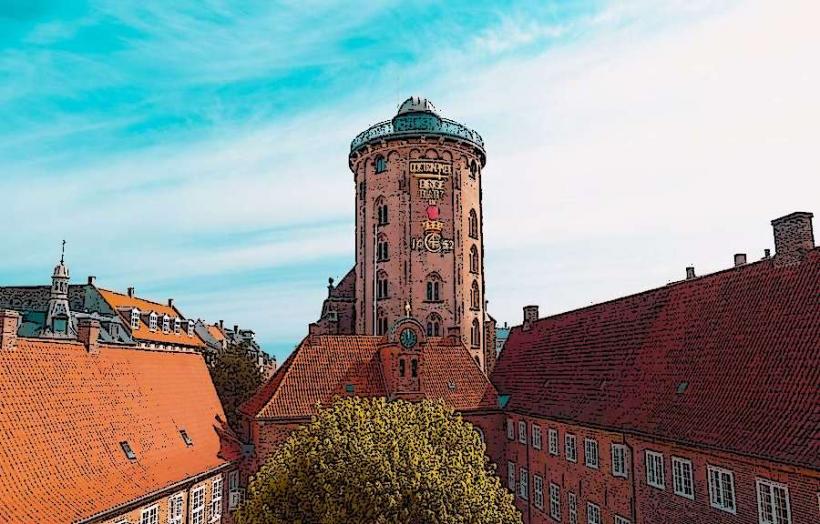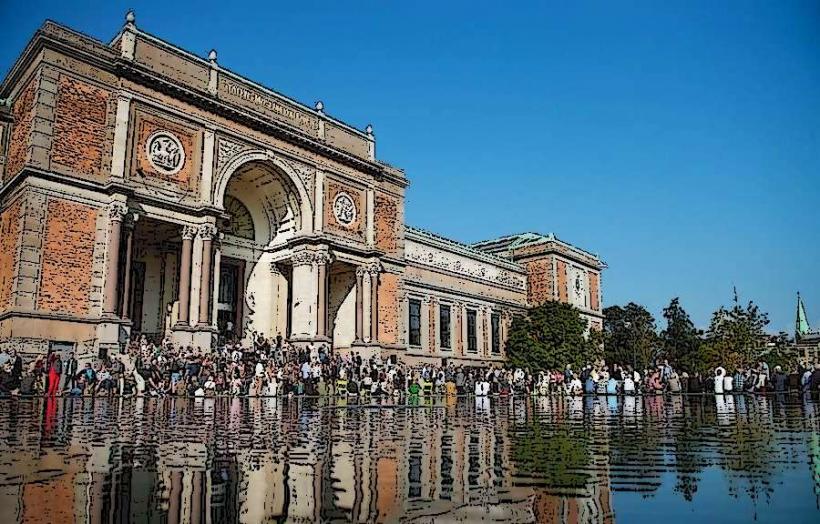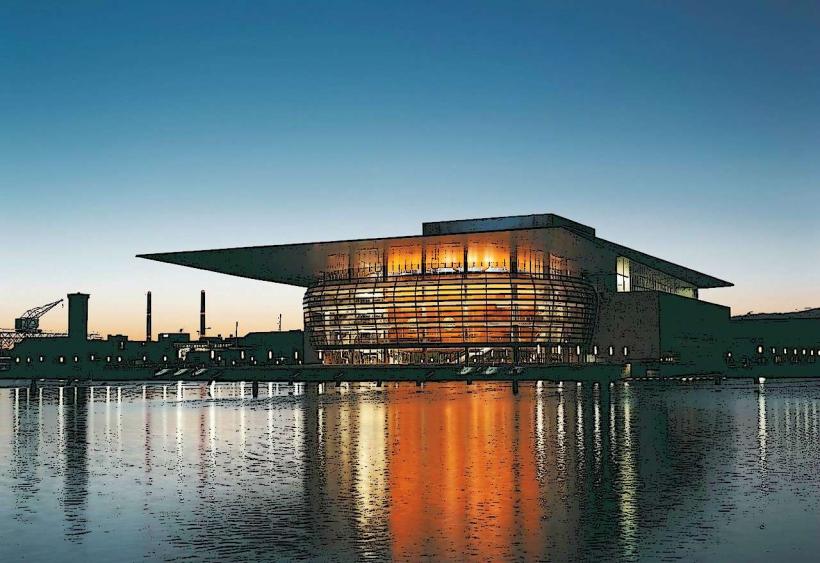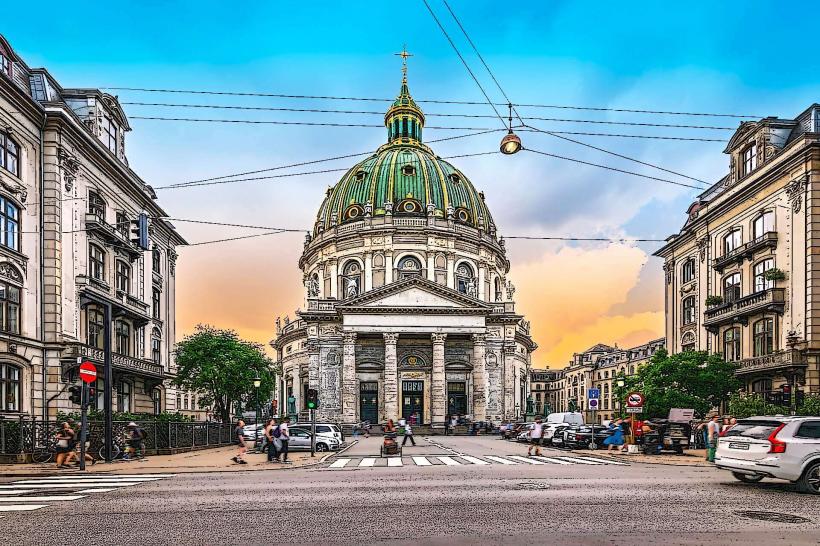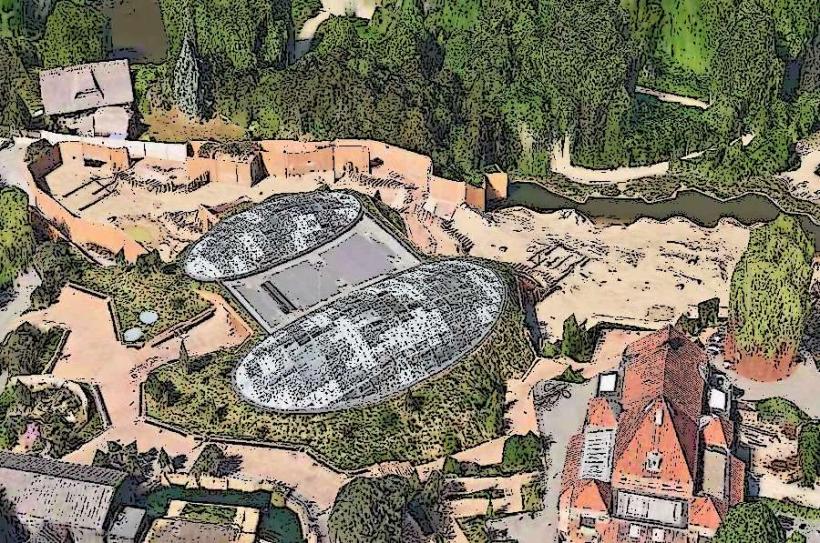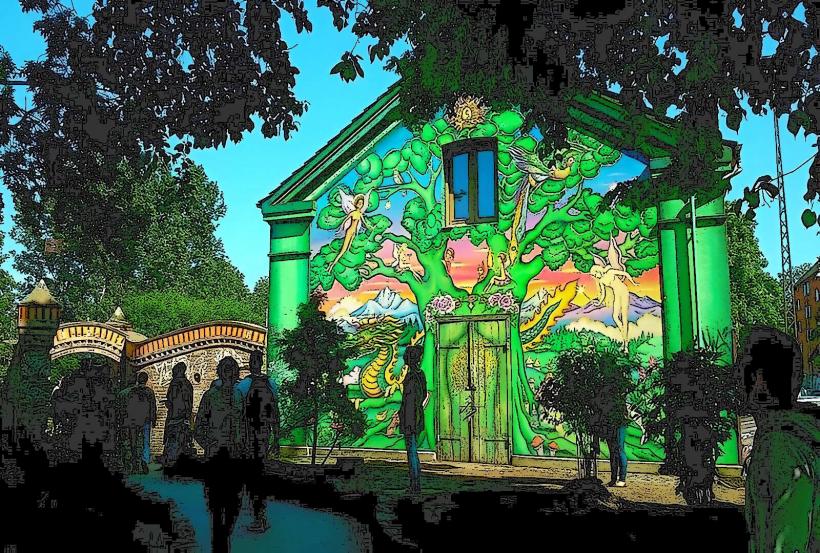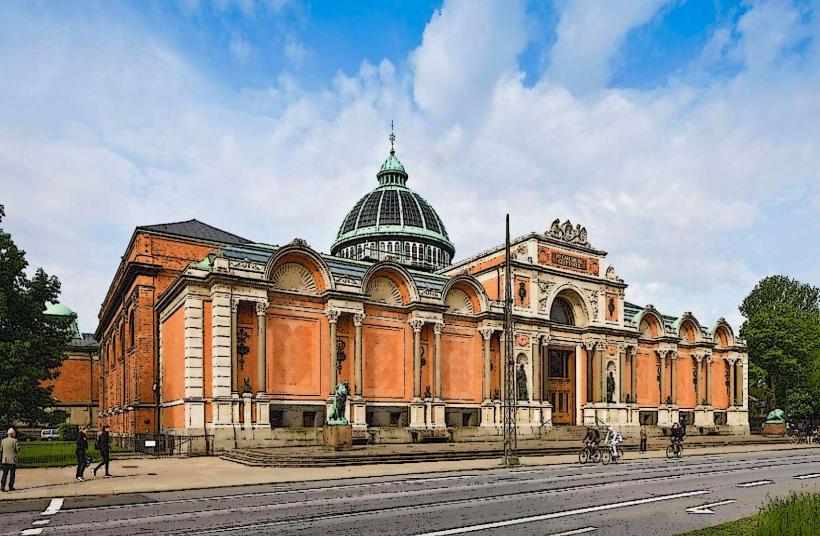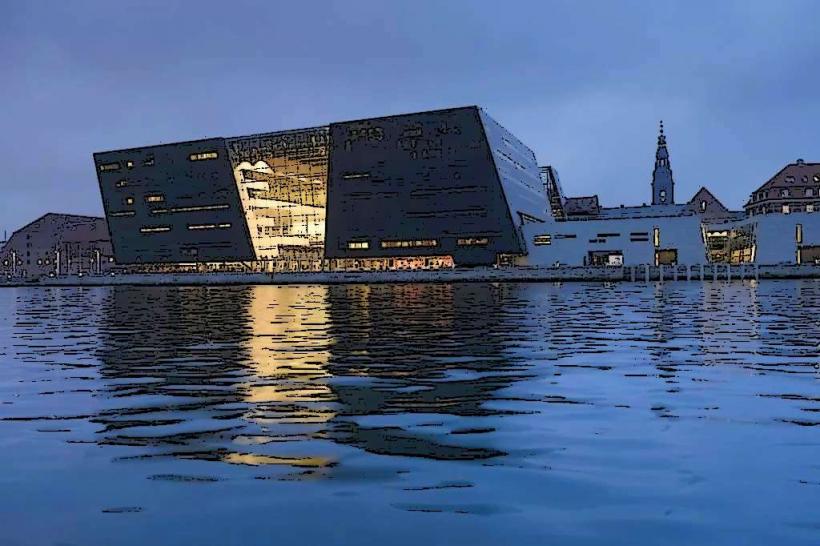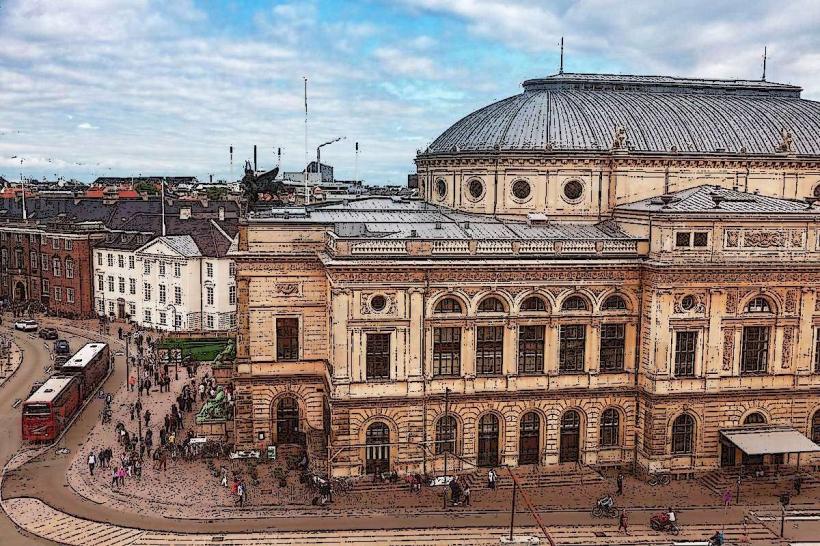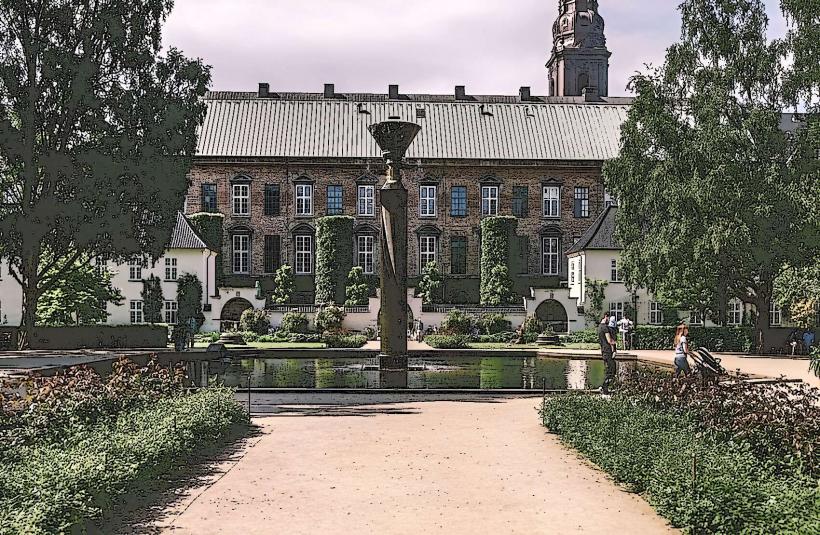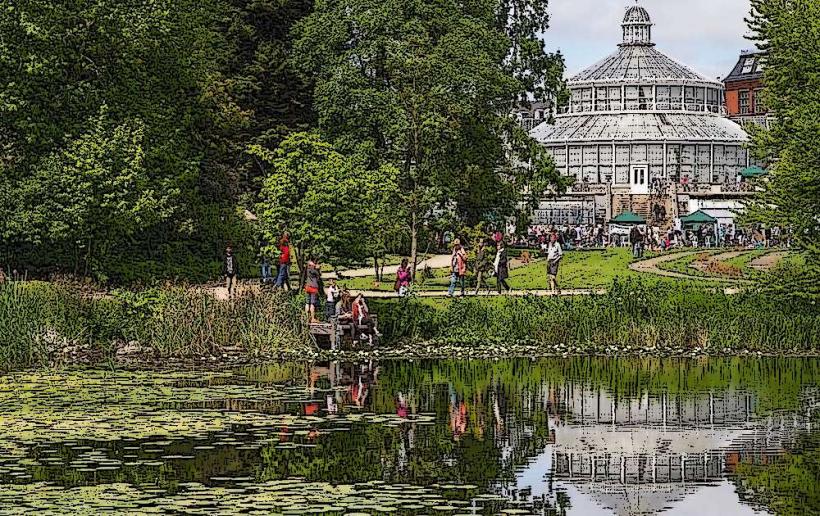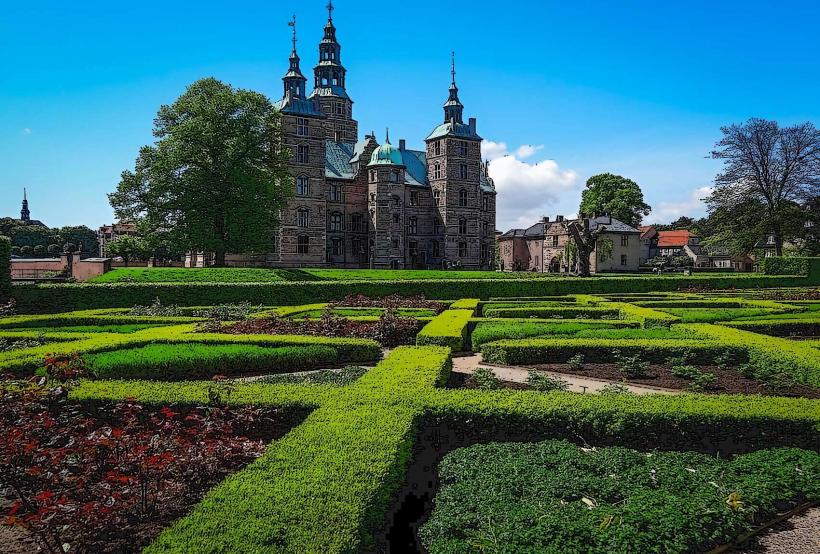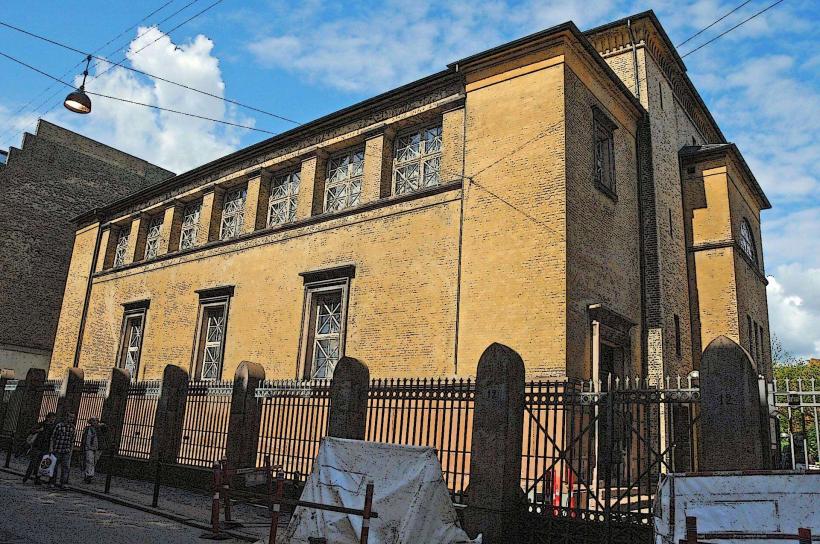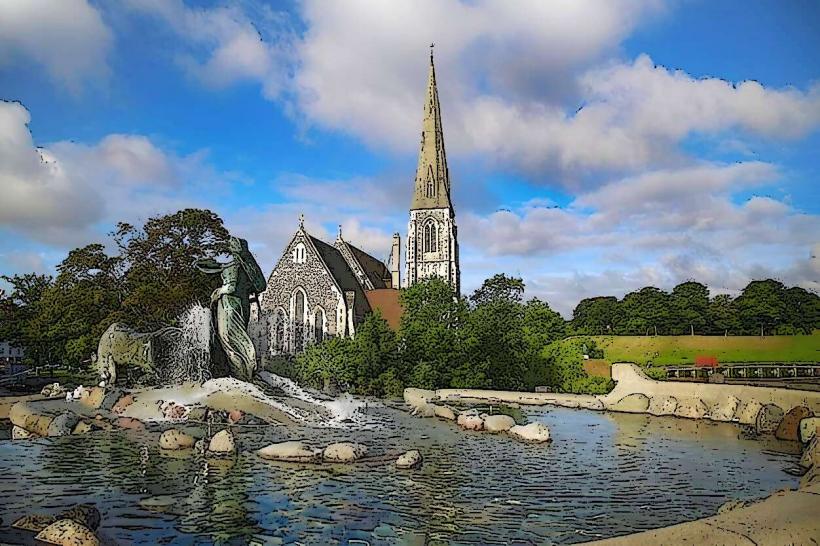Information
Landmark: Amalienborg PalaceCity: Copenhagen
Country: Denmark
Continent: Europe
Amalienborg Palace is one of Copenhagen’s most prominent landmarks and serves as the official residence of the Danish royal family. With its rich history, stunning architecture, and daily ceremonial traditions, Amalienborg is a must-visit destination for those exploring the royal heritage of Denmark.
Overview
- Location: In the Frederiksstaden district, near the waterfront and a short walk from Nyhavn.
- Architectural Style: Rococo
- Construction: Completed in 1760
- Current Use: Home to the Danish monarchy, specifically Queen Margrethe II and her family.
Historical Background
- Origins: Amalienborg was originally built as four private mansions for noble families in the 18th century. After the Christiansborg Palace fire in 1794, the royal family purchased the buildings and converted them into a royal residence.
- Name: The palace is named after Queen Sophie Amalie, who had a prior palace on the site that burned down in 1689.
Layout and Architecture
Amalienborg consists of four identical Rococo-style palaces arranged around an octagonal courtyard:
Christian VII’s Palace (Moltke's Palace)
Used for official events and state receptions.
Christian VIII’s Palace (Levetzau's Palace)
Houses the Amalienborg Museum, showcasing royal artifacts and the history of the Danish monarchy.
Frederik VIII’s Palace (Brockdorff's Palace)
Residence of Crown Prince Frederik and Crown Princess Mary.
Christian IX’s Palace (Schack's Palace)
Current home of Queen Margrethe II.
In the center of the courtyard stands an equestrian statue of King Frederik V, the founder of Frederiksstaden, designed by Jacques-François-Joseph Saly.
Key Attractions
Changing of the Guard
- The Royal Life Guards (Den Kongelige Livgarde) march daily from their barracks to Amalienborg for the changing of the guard.
- Time: 12:00 PM every day.
- The guards wear their distinctive bearskin hats and blue uniforms, adding to the pageantry.
Amalienborg Museum
- Located in Christian VIII’s Palace, the museum provides a glimpse into royal life, featuring:
- Private rooms of former monarchs.
- Regal artifacts, portraits, and furniture.
- Exhibits on the history of Denmark’s monarchy.
Courtyard and Surroundings
- The octagonal square offers a stunning view of the palace facades and the equestrian statue.
- Frederik's Church (The Marble Church) is directly aligned with Amalienborg and offers a striking backdrop to the palace.
Waterfront Views
- The palace is close to Copenhagen's harbor, with views of the Opera House across the water.
Visitor Information
- Opening Hours: The palace grounds are open to the public year-round. The museum has specific hours, typically from 10:00 AM to 4:00 PM, with variations in winter and summer seasons.
- Tickets: Admission is required for the museum. Combination tickets with other royal attractions, like Rosenborg Castle, are often available.
- Photography: Allowed in the courtyard, but restrictions apply inside certain areas.
Tips for Visitors
- Arrive Early: The changing of the guard is popular and draws large crowds. Arrive early for a good viewing spot.
- Combine Visits: Pair a trip to Amalienborg with nearby attractions like Frederik's Church, Nyhavn, or the Little Mermaid Statue.
- Guided Tours: Consider a guided tour for deeper insights into the palace’s history and royal traditions.
Fun Fact
Amalienborg Palace was initially not intended to be a royal residence. It became the home of the Danish monarchy only after the fire at Christiansborg Palace, marking a pivotal moment in its history.
With its timeless elegance and living connection to Denmark's monarchy, Amalienborg Palace is a fascinating blend of history, architecture, and tradition, offering a regal experience to all who visit.


